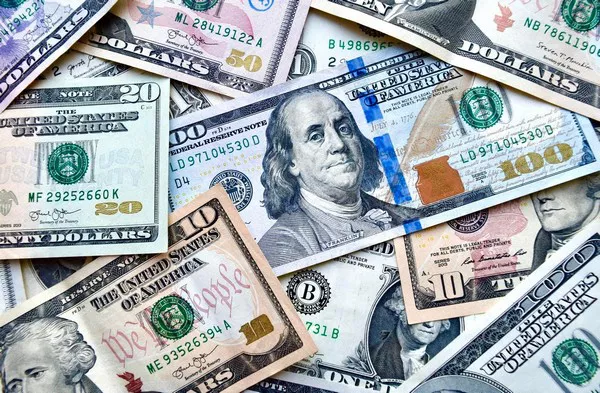The United States Dollar (USD) stands as one of the world’s primary reserve currencies, facilitating global trade and financial transactions. While its ubiquity is undeniable, many individuals may wonder what precisely backs the value of the USD. Unlike the gold standard, which linked the value of currencies to a fixed quantity of gold, the USD is not directly backed by a tangible asset. Instead, its value is derived from a combination of factors, including the economic strength of the United States and the trust instilled by its citizens and global investors.
Historical Perspectives:
To understand the current backing of the USD, it’s essential to delve into its historical evolution. In 1971, the United States abandoned the gold standard under President Richard Nixon, marking a significant shift in global monetary systems. Since then, the USD has been a fiat currency, meaning its value is not inherently tied to a physical commodity like gold or silver.
The Full Faith and Credit of the United States:
The primary foundation for the value of the USD lies in the “full faith and credit” of the United States government. This phrase encapsulates the belief that the U.S. government is financially sound and capable of meeting its financial obligations. Essentially, the value of the USD is underpinned by the trust that individuals, businesses, and other nations place in the stability and reliability of the U.S. government.
Government Debt and Treasury Securities:
A significant component of the trust in the U.S. government comes from its management of debt. The U.S. Treasury issues a variety of securities, including Treasury bills, notes, and bonds, to finance government operations. These securities serve as a form of debt that investors purchase, essentially lending money to the government in exchange for interest payments.
The stability of the U.S. government’s debt management is crucial to maintaining confidence in the USD. Investors, both domestic and international, view U.S. Treasury securities as a safe and reliable investment, backed by the assurance that the government will honor its debt obligations. The vast market for these securities contributes to the overall strength of the USD.
Economic Fundamentals:
The economic performance of the United States plays a pivotal role in determining the value of the USD. Factors such as GDP growth, employment rates, inflation, and trade balances influence currency values. A robust and resilient economy attracts foreign investment, fostering demand for the USD.
The U.S. Dollar as a Global Reserve Currency:
One of the key pillars supporting the USD is its status as the world’s primary reserve currency. Central banks around the globe hold significant reserves in U.S. dollars, underscoring the currency’s importance in international trade and finance. The use of the USD in global transactions and as a preferred reserve currency provides a constant demand for the currency, reinforcing its value.
Petrodollars and Oil Trade:
The petrodollar system also contributes to the global dominance of the USD. Many countries price and trade oil in U.S. dollars, requiring nations to hold significant reserves of USD to conduct international trade in oil. This symbiotic relationship between the USD and oil trade enhances the currency’s standing in the global financial system.
Foreign Exchange Reserves:
Central banks and governments worldwide maintain foreign exchange reserves, and a substantial portion of these reserves is often held in USD. The diversification and stability associated with holding USD reserves provide confidence to nations engaged in international trade, investment, and financial transactions.
See Also: Why Is American Dollar So Strong?
Challenges and Alternatives:
While the USD has maintained its status as the primary global reserve currency for decades, challenges and alternatives have emerged. Some countries and economists advocate for a more diversified global monetary system, introducing alternatives to the USD, such as the International Monetary Fund’s (IMF) Special Drawing Rights (SDRs) or the Chinese yuan.
Conclusion:
The value of the U.S. Dollar is a complex interplay of economic fundamentals, government debt management, and global trust in the stability of the United States. While the USD is not backed by a tangible asset like gold, its status as a fiat currency supported by the “full faith and credit” of the U.S. government has sustained its prominence on the world stage. The intricate web of factors, including the petrodollar system, foreign exchange reserves, and economic performance, collectively contribute to the enduring strength of the USD in the global financial landscape. As the world continues to evolve, the role of the USD and the factors influencing its value will undoubtedly remain subjects of ongoing scrutiny and analysis.


